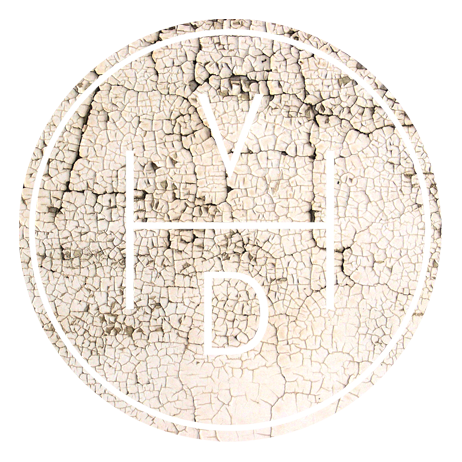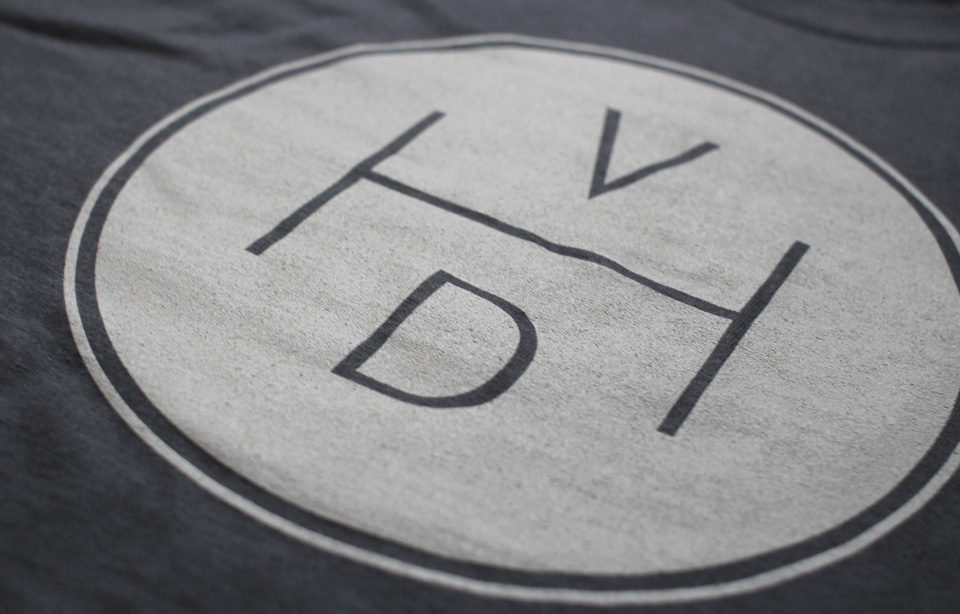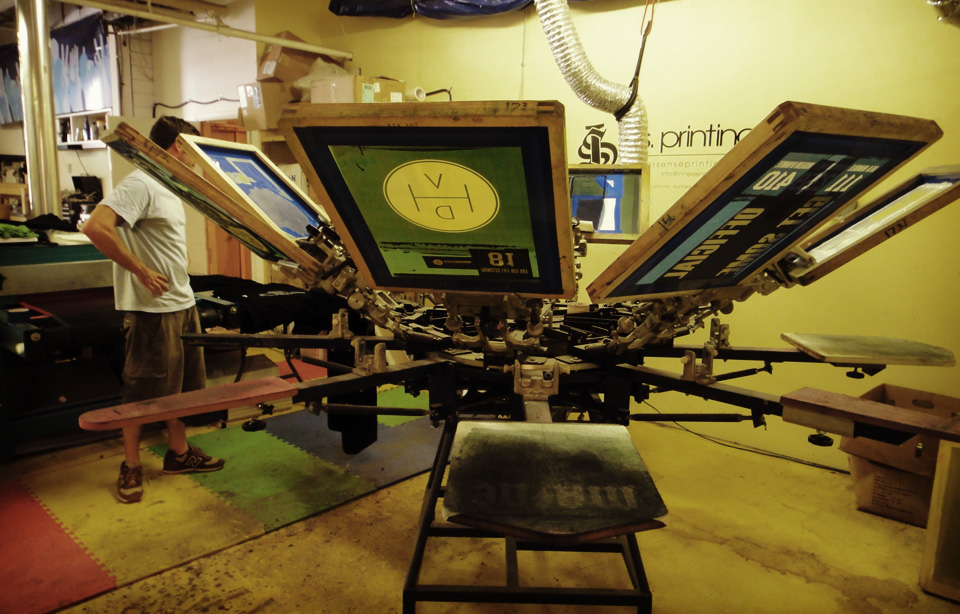Lt. Colonel Percival Harrison Fawcett
I just started reading the excellent "Lost City of Z: A Tale of Deadly Obsession in the Amazon" a book by David Grann which follows the footsteps of Lt. Colonel Percival Harrison and his search for the fabled lost city. Fawcett was a distinguished British artillery officer, an accomplished archaeologist and possibly the greatest South American explorer of all time, another truly great adventurer with a truly great family motto. His disappearance in 1925 during an expedition to find "Z" is one of the true mysteries in exploration, inspiring countless others to trace his steps, many to their own demise.
“Nec Aspira Terrent. – “Difficulties be Damned” ”

















